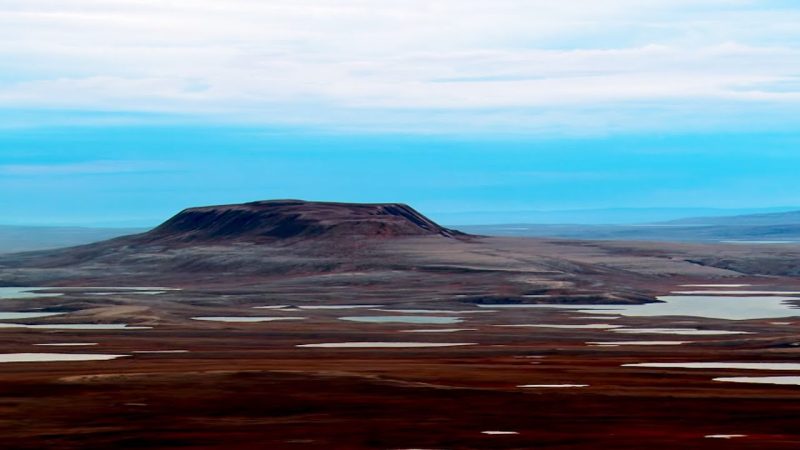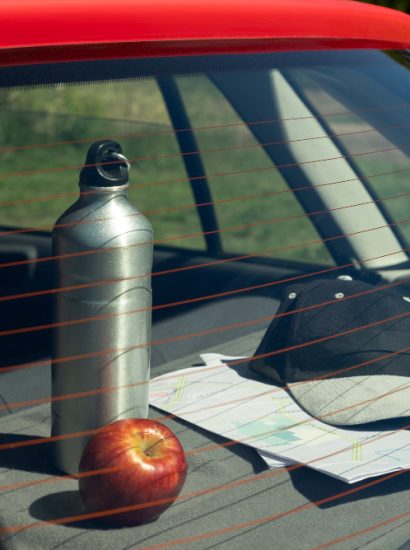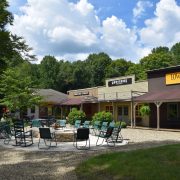King William Island Canada is an Arctic wonder filled with history, stunning landscapes, and unsolved mysteries. Located in the northern part of Canada’s Nunavut territory, this island has a deep connection to the famous Franklin Expedition and the Inuit communities that have thrived there for centuries. From its icy terrain to its historical significance, King William Island Canada is a place of intrigue and awe. Below are 10 fascinating facts that will truly amaze you about this unique island.
A Remote Arctic Gem
King William Island Canada is located in the Canadian Arctic Archipelago, separated from the mainland by the Story Passage. Despite its remote location, it has played a crucial role in Canadian history. The island spans approximately 13,111 square kilometers and is mostly covered in tundra, with little vegetation due to the extreme cold. Despite its harsh environment, the island has been home to indigenous Inuit communities for centuries.
The Legendary Franklin Expedition Mystery
One of the most famous historical connections to King William Island Canada is its role in the ill-fated Franklin Expedition. In 1845, Sir John Franklin led an expedition to navigate the Northwest Passage, but both of his ships, HMS Erebus and HMS Terror, became trapped in ice near the island. The expedition ended in disaster, with all crew members perishing. Archaeological discoveries on the island have provided clues about their final days, making it a significant site for historians.
Home to the Inuit People
The Inuit, specifically the Netsilik Inuit, have inhabited King William Island Canada for centuries. They have developed unique survival skills suited for the harsh Arctic conditions. Their traditional way of life includes hunting seals, caribou, and fish. The Inuit have passed down oral histories about the Franklin Expedition, which have helped modern researchers locate important historical sites on the island.
The Discovery of Franklin’s Ships
For over 150 years, the final resting places of the Franklin Expedition’s ships remained unknown. However, in 2014, HMS Erebus was discovered near the Queen Maud Gulf, and in 2016, HMS Terror was found in Terror Bay near King William Island Canada. These discoveries were groundbreaking, shedding light on one of the greatest maritime mysteries of all time.
Harsh Arctic Climate
King William Island Canada experiences one of the harshest climates in the world. Winters are long and brutal, with temperatures dropping as low as -50°C (-58°F). Summers are short, with little vegetation, and the island remains covered in snow and ice for most of the year. Despite these extreme conditions, wildlife such as polar bears, Arctic foxes, and migratory birds can be found on and around the island.
The Northwest Passage Connection
King William Island Canada plays a key role in the history of the Northwest Passage, the sea route connecting the Atlantic and Pacific Oceans. Many explorers attempted to navigate this treacherous route, but few succeeded. Even today, the passage remains challenging due to shifting ice and unpredictable weather. However, with climate change causing Arctic ice to melt, the Northwest Passage is becoming more accessible for modern ships.
The Lost Franklin Crew Graves
Several graves of Franklin’s crew members have been discovered on King William Island Canada, preserved by the Arctic permafrost. The remains found in these graves provided crucial forensic evidence, suggesting that starvation, scurvy, and even lead poisoning contributed to their demise. The island continues to be a focus for researchers and archaeologists investigating the Franklin mystery.
A Land of Stunning Natural Beauty
Despite its icy and barren appearance, King William Island Canada boasts breathtaking Arctic landscapes. The island’s rugged terrain, frozen shorelines, and vast tundra create a mesmerizing, otherworldly environment. Sunsets and sunrises in the Arctic sky cast vibrant colors over the icy landscape, making it a paradise for photographers and adventurers.
Important Bird Sanctuary
King William Island Canada is an important nesting ground for Arctic bird species. During the brief summer season, migratory birds such as snow geese, Arctic terns, and loons arrive to breed. The surrounding waters also attract marine life, including seals and whales. These seasonal visitors make the island a hotspot for birdwatchers and wildlife enthusiasts.
A Growing Interest in Arctic Tourism
In recent years, King William Island Canada has attracted growing interest from adventure travelers and historians. Cruises exploring the Arctic often include stops at the island to visit historical sites related to the Franklin Expedition. While tourism remains limited due to the extreme climate, those who make the journey are rewarded with an unforgettable experience of Arctic history and wilderness.
Conclusion
King William Island Canada is a place of mystery, history, and natural beauty. From the tragic fate of the Franklin Expedition to its enduring Inuit culture, the island offers countless stories waiting to be explored. Its remote location and extreme climate add to its allure, making it one of the most fascinating places in the Arctic. Whether you’re drawn to its historical significance, stunning landscapes, or rich wildlife, King William Island Canada is truly an extraordinary destination.
FAQs
Q1. Where is this island located?
It is part of the Arctic Archipelago in Nunavut, Canada, and lies near the Northwest Passage.
Q2. What happened to the Franklin Expedition?
Sir John Franklin’s ships became trapped in ice, and all crew members perished. Remains and artifacts have since been discovered on the island.
Q3. How do people survive in such a harsh climate?
The Inuit have adapted for centuries, relying on traditional hunting, fishing, and knowledge of the land to thrive in extreme Arctic conditions.
Q4. What wildlife can be found there?
The region is home to Arctic foxes, polar bears, migratory birds, and marine life like seals and whales, especially during the short summer season.
Q5. Is it possible to visit this island?
Yes, but access is limited due to its remote location. Arctic expeditions and guided cruises occasionally include it as a stop on their route.
Also read:









